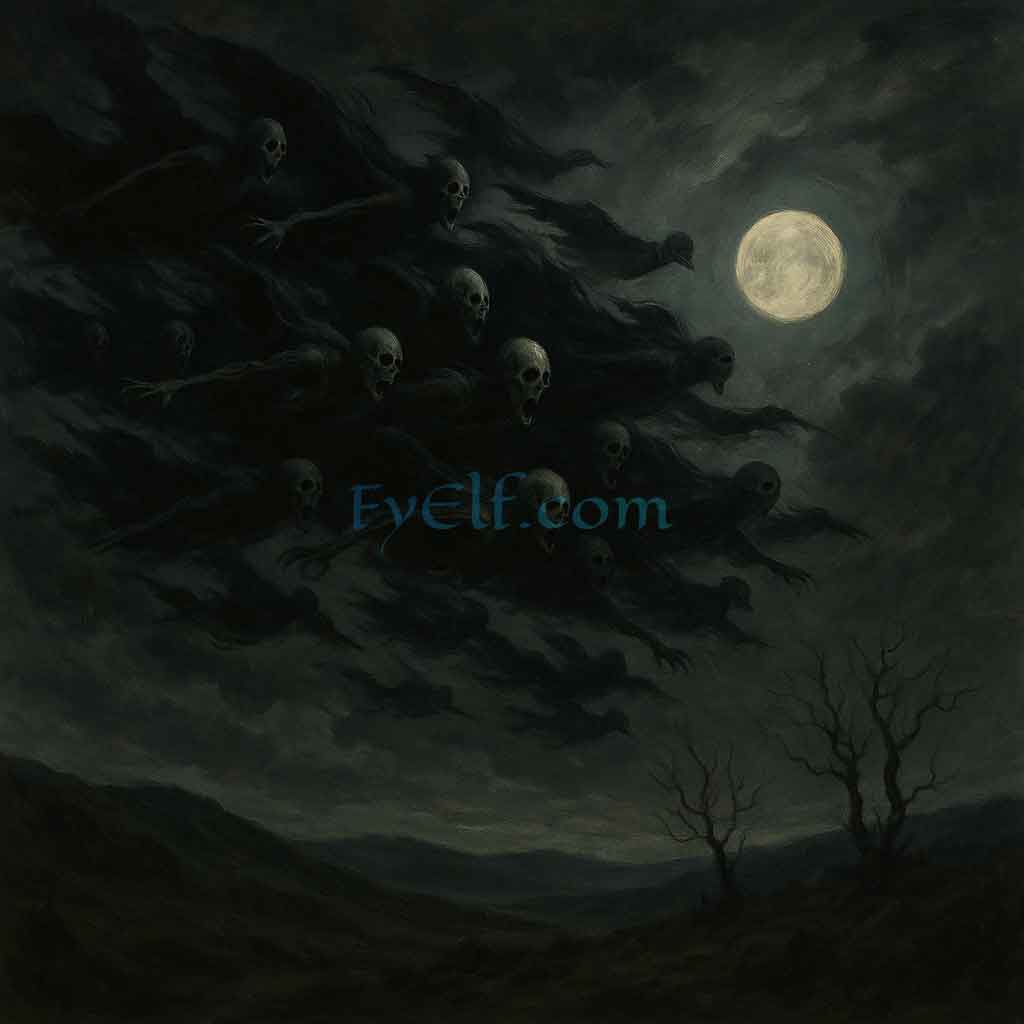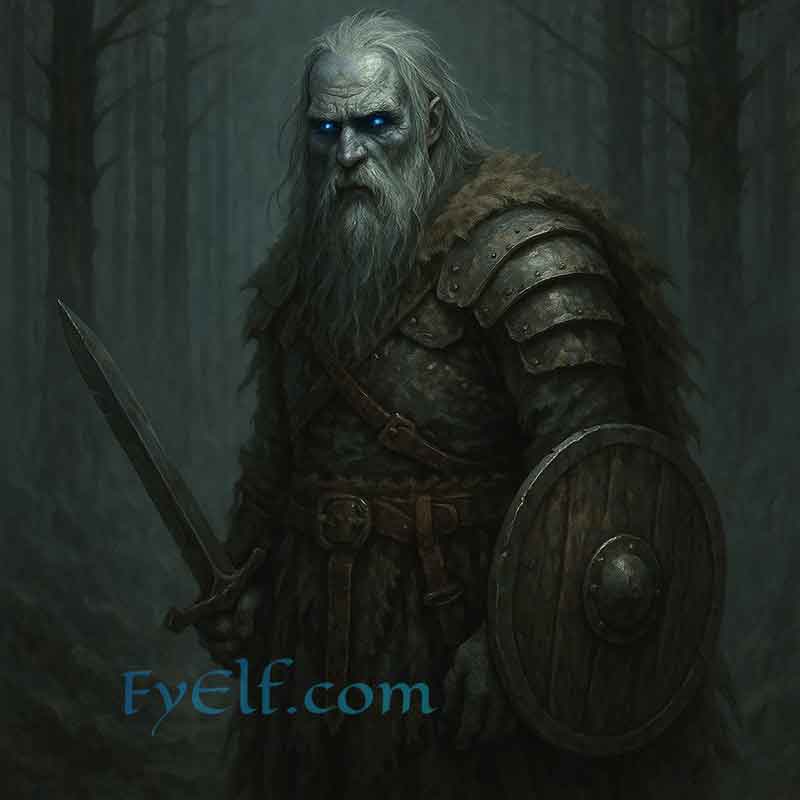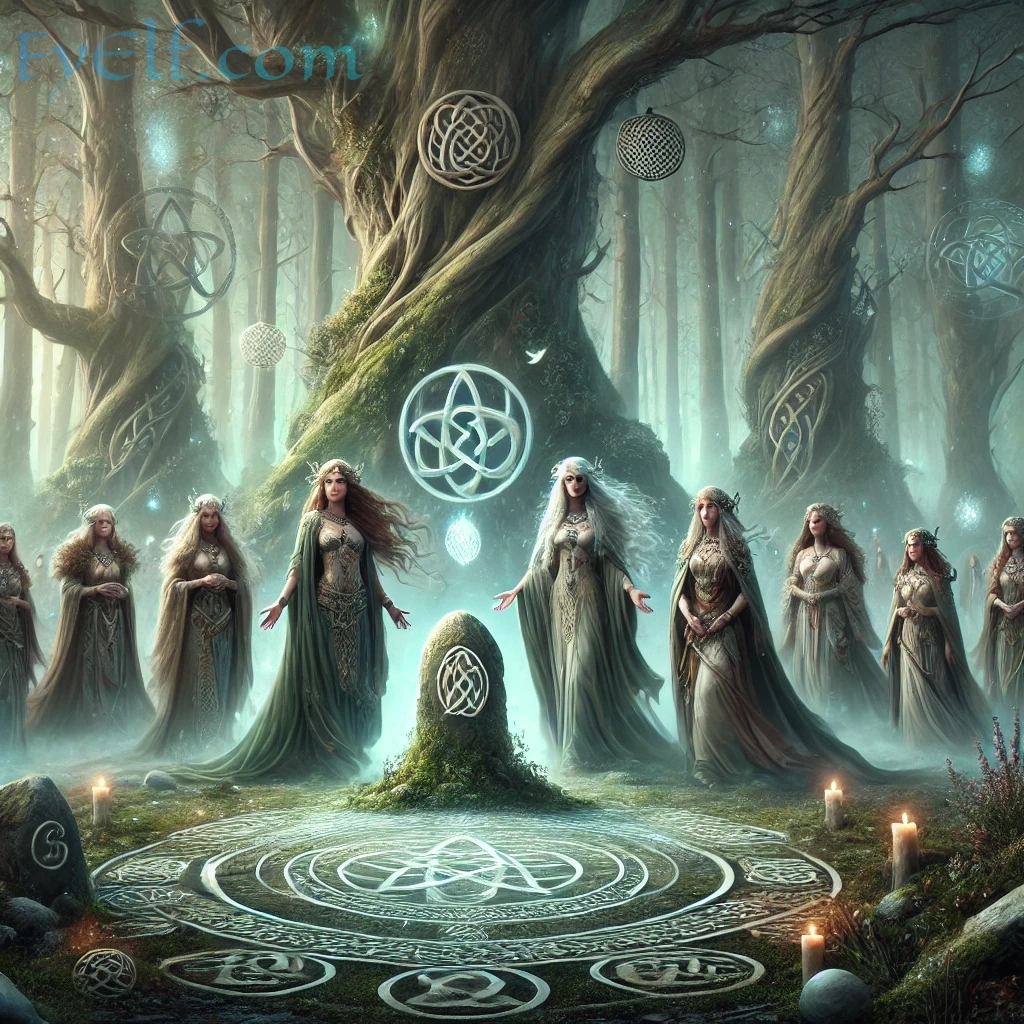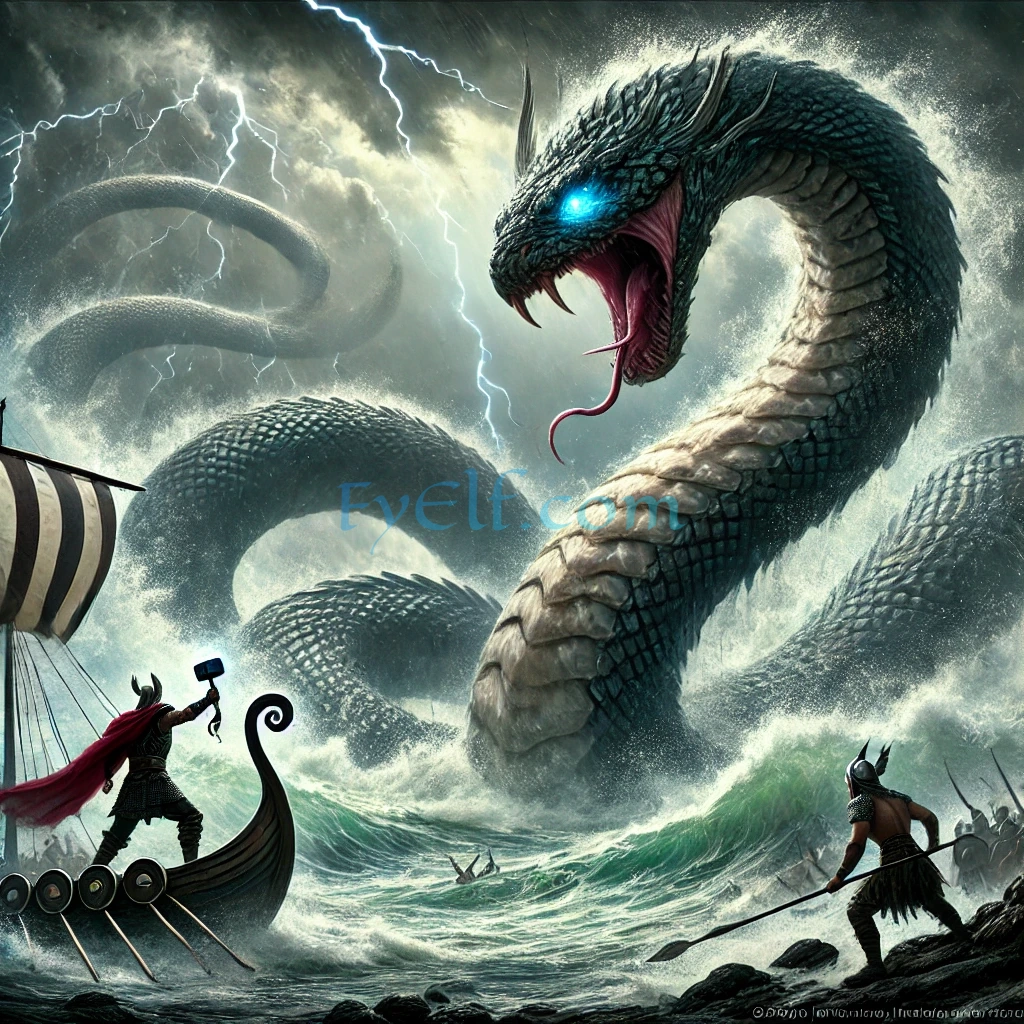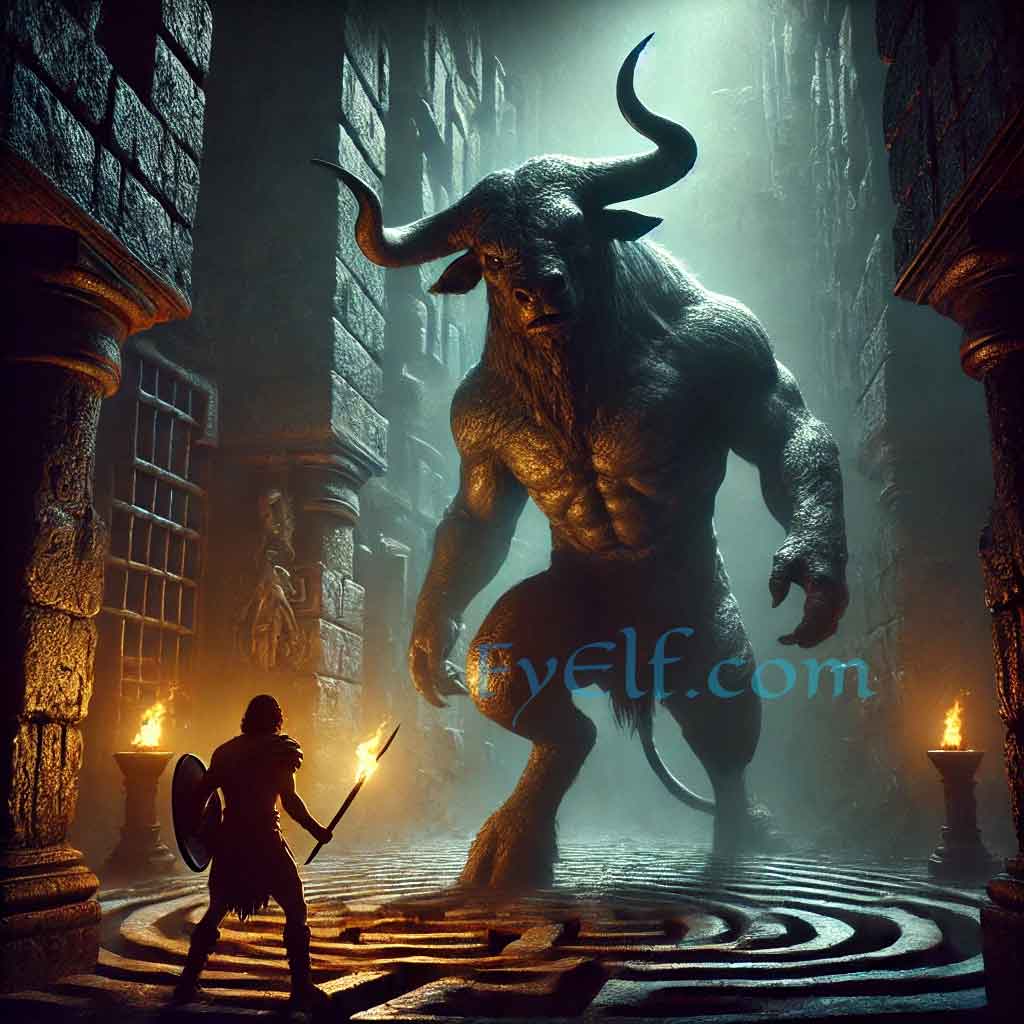The myths of Ireland and Scotland are filled with spirits that reflect human fears about death, the soul, and the afterlife. Among the most terrifying of these beings are the Sluagh—dark hosts of restless spirits, condemned to wander for eternity. Known as the Unforgiven Dead, the Sluagh embody the darker side of Celtic folklore, where the supernatural world is as threatening as it is mysterious.
Who Are the Sluagh? Spirits of the Restless Dead in Celtic Folklore
The word Sluagh (pronounced “SLOO-ah”) comes from the Gaelic sluaigh, meaning “host” or “army.” In folklore, the Sluagh are legions of the dead—souls so wicked in life that even the Christian church would not accept them. Cast out of heaven and hell alike, they wander endlessly as spectral forces of terror.
Unlike ghosts that haunt a single place, the Sluagh travel as dark flocks across the sky, swooping down at night or during twilight. Their presence is feared because they are said to steal the souls of the dying, dragging them into their wandering host.
Origins of the Sluagh Myth in Irish and Scottish Tradition
The Sluagh myth reflects a blend of pagan Celtic beliefs and later Christian influences. In ancient Celtic spirituality, the soul’s journey after death was a central concern. Some spirits were honored as ancestors, while others became dangerous if left restless or unappeased.
With the spread of Christianity, these ideas transformed. Souls unworthy of salvation became the Sluagh—a cautionary tale about sin, punishment, and the dangers awaiting the unforgiven dead.
In Irish folklore, the Sluagh were especially feared in the west, where the dying were often moved away from west-facing windows to prevent the spirits from stealing their souls. In Scottish Highland traditions, they were described as flying hosts, blackening the skies with their numbers.
The Fear of the Unforgiven Dead: Souls Cast Out
The defining feature of the Sluagh is that they are beyond redemption. Unlike ancestors honored in rituals or spirits appeased through offerings, the Sluagh represent utter exclusion—souls without rest, belonging neither to heaven nor earth.
This made them a terrifying symbol in Celtic communities, where respect for the dead was essential. To become part of the Sluagh was the worst fate imaginable: eternal wandering, forever cut off from peace.
How the Sluagh Travel: Dark Hosts Across the Sky
The Sluagh are described as flocks of shadowy figures flying across the twilight or night sky. In some stories, they appear like great clouds of birds or insects, blotting out the light.
- They are most often seen at sunset, traveling westward.
- Their arrival is marked by sudden gusts of wind or unnatural darkness.
- People feared to look upon them, as even an accidental encounter could bring misfortune.
Unlike banshees, who announce death with a wail, the Sluagh are more aggressive. They actively hunt the souls of the weak and dying, tearing them away from the world.
Encounters with the Sluagh in Celtic Mythology
Legends across Ireland and Scotland preserve chilling accounts of the Sluagh:
- Deathbed Vigil: Families kept watch by the sick, closing westward windows and doors to prevent the Sluagh from entering the house and carrying off the soul of the dying.
- Night Travelers: Those who wandered late at night risked being swept away by the dark host, never to return.
- Soul-Hunting: Some stories describe the Sluagh diving down like birds of prey to snatch souls in mid-flight.
These tales reinforced communal practices around death, emphasizing the importance of protection, ritual, and vigilance.
Sluagh and the Concept of Death in Celtic Belief
The Sluagh are not just monsters; they reflect deeper cultural attitudes toward death and morality.
- For pagans, they may have symbolized unquiet spirits left without proper rites.
- For Christians, they embodied the punishment for unforgiven sin.
- For both, they were a warning: without respect for life and death, one could become lost forever.
This duality shows how Celtic mythology adapted across centuries, preserving old beliefs while absorbing new religious ideas.
Sluagh vs. Banshees: Differences Among Celtic Spirits
The Celtic world is filled with spirits of death, but the Sluagh and the banshee serve different roles:
- Banshees: Female spirits who announce death with a mournful cry, often tied to noble families.
- Sluagh: Malevolent hosts who cause death by stealing souls.
In short, the banshee warns, but the Sluagh act. This distinction makes the Sluagh among the most feared of all Celtic spirits.
The Role of the Sluagh in Deathbed Superstitions
The fear of the Sluagh shaped practical traditions:
- Closing westward windows to block their entry.
- Praying vigilantly over the sick and dying.
- Lighting fires or candles as protective symbols against wandering spirits.
These practices highlight how myth and daily life intertwined in Celtic communities, where folklore offered explanations for illness, death, and the unknown.
The Legacy of the Sluagh in Modern Culture and Literature
Though less well-known than banshees or fairies, the Sluagh continue to appear in modern works:
- Fantasy literature and games often use them as dark, flying hosts of death.
- Folklore studies recognize them as one of the most sinister Celtic spirits.
- Modern Pagan and Celtic revival groups sometimes reinterpret the Sluagh as symbols of ancestral spirits or shadow beings.
Their enduring presence shows the power of folklore to adapt while keeping its haunting core alive.
Conclusion
The Sluagh of Celtic folklore are among the darkest and most terrifying mythical creatures in Irish and Scottish tradition. Known as the unforgiven dead, they travel in ghostly hosts across the sky, hunting souls and reminding humanity of the thin line between life and death.
As part of the Celtic mythical creatures tradition, the Sluagh embody the ultimate fear of exile from both worlds—neither alive nor at rest, forever wandering as shadows of the unforgiven.
